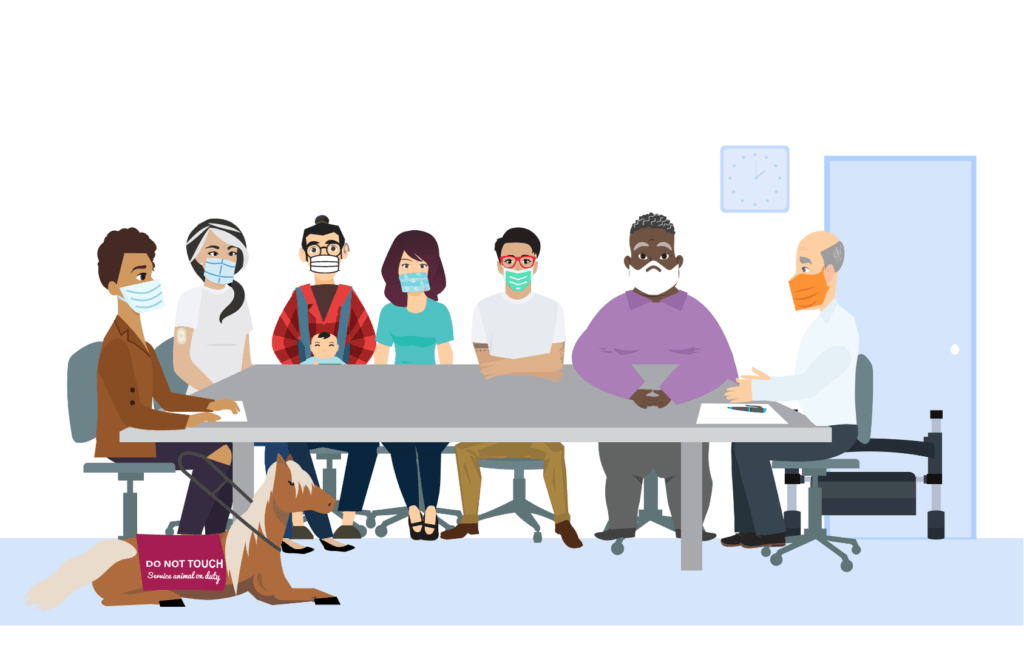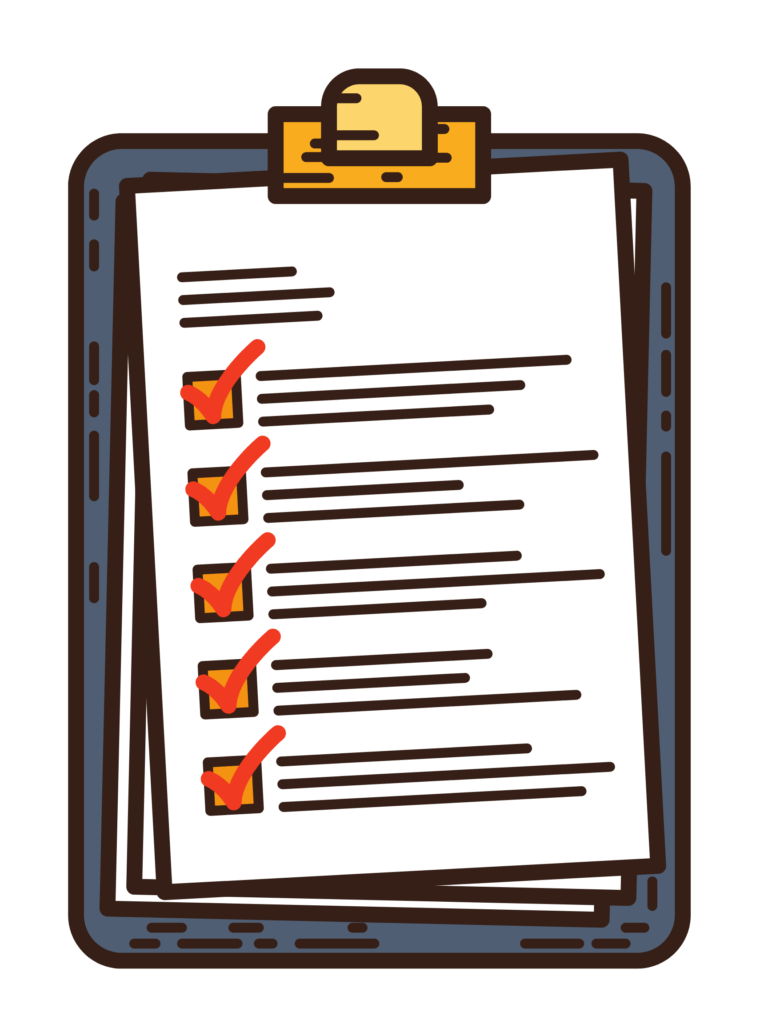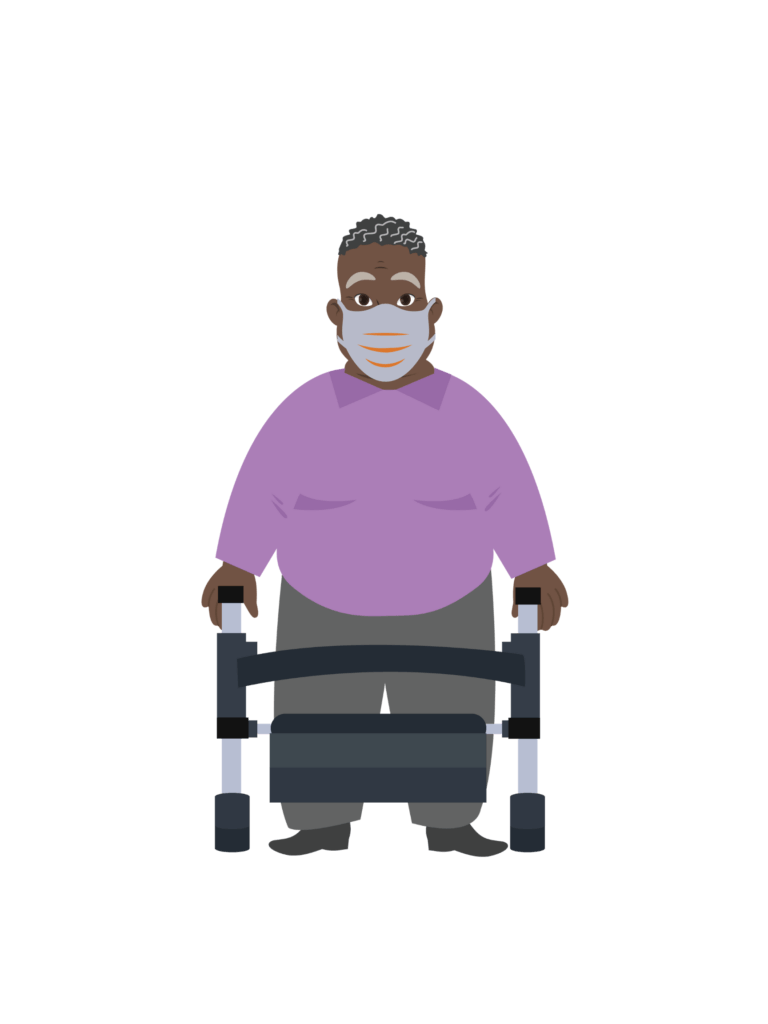The Active Planning Workbook _review


EM: The Active Planning Workbook guides the Community Stakeholder Meeting. Participants collaborate to complete 3 steps using 3 tools in the Workbook.
The Active Planning Workbook
3 Steps to Follow
1. Where are we now?
2. Where do we want to be?
3. How do we get there?
3 Tools to Complete
1. Needs Assessment/Gap Analysis
2. Set Priorities
3. Close the gap with an Action Plan

Marco [Signing]: As Community Stakeholder Meeting participants collaborate to complete the Active Planning Workbook, group discussion will identify gaps and lead to strategies for closing the gaps. Once the Workbook is complete the community will have a blueprint to make the local emergency plan (and any response practices not in the plan) more inclusive.
If you’d like, take a quick look at the workbook now and then come back to talk some more. [Link to Workbook PDF] You’ll be able to download the entire Workbook as a PDF as you leave Disasterville.

Let’s go over the 3 Steps in more detail.
Step 1: The Meeting Facilitator reads Tool 1, Where are we now? Needs Assessment and Gap Analysis, a checklist of standards, out loud, item by item. Participants decide together whether the community meets each standard described. The Recorder makes a checkmark in the Workbook if standards are met and leaves a blank if standards aren’t met. Some communities choose to give themselves partial credit.
The checklist is meant to start a discussion about people with disabilities and other populations with access and functional needs, local emergency services, resources, and individual responsibility to self-prepare.

As items are read aloud, participants share ideas, knowledge, expertise, and resources. As the discussion continues, gaps and areas for improvement become clear, and participants begin to think of strategies to address the gaps.
Checkmarks mean a standard has been met. Unchecked lines mean gaps or areas for improvement.
If the checklist seems overwhelming, remember it’s a discussion starter. Some items may not apply to every community.

PJ: Think of your community as you look at examples from the Workbook’s Tool 1 checklist below.
From: Tool 1 – Where are we now?
Transportation and evacuation
Mass Care Sheltering
Emergency Dispensing Site (EDS)
Recovery
? Think about these examples. What parts of the checklist are new to you? Which ones are you already familiar with? Are there certain questions that you may need to emphasize for work in your community?
PJ’s Response

PJ: The key is to focus on your community when using Tool 1, the checklist. Some parts of the checklist may be more important for your community than others.

Allen:
Step 2: The Recorder tallies the checkmarks and blank spaces from Tool 1 and announces the results. The meeting participants decide on 5 gaps or areas for improvement with simple, quick, and/or inexpensive solutions. The group then selects 3 gaps that will need more extensive or expensive solutions.


Rachel:
Step 3: The Facilitator leads the group to complete an Action Plan which describes the main gaps identified, proposed strategies to address those gaps, people responsible for implementation, and a timeline. The Action Plan is based on the results of the checklist and discussions at the Community Stakeholder Meeting.

? Just for practice, Terrye, think about a potential priority for your community. Consider using the template below from Tool 3 below to think through how to fill this gap. (If you can’t think of a priority, you might use accessible communication for sending out important public information since this is a common gap.)
Action Plan
| Priority | Describe Gap | Proposed Solution | Responsible persons | Start and End Dates |
| 1 | Example: accessible communication to send out important public information | Local disability organization offered to lead workshop on accessible communication for public health planning office. Local self-advocate group offered to review materials for plain text readability. | Shaniqua Wilson Blane Smith | Start: May, 2021 End: Sept, 2021 |

EM: Now you’ll be ready for the Disasterville Community Stakeholder Meeting in a few weeks.
